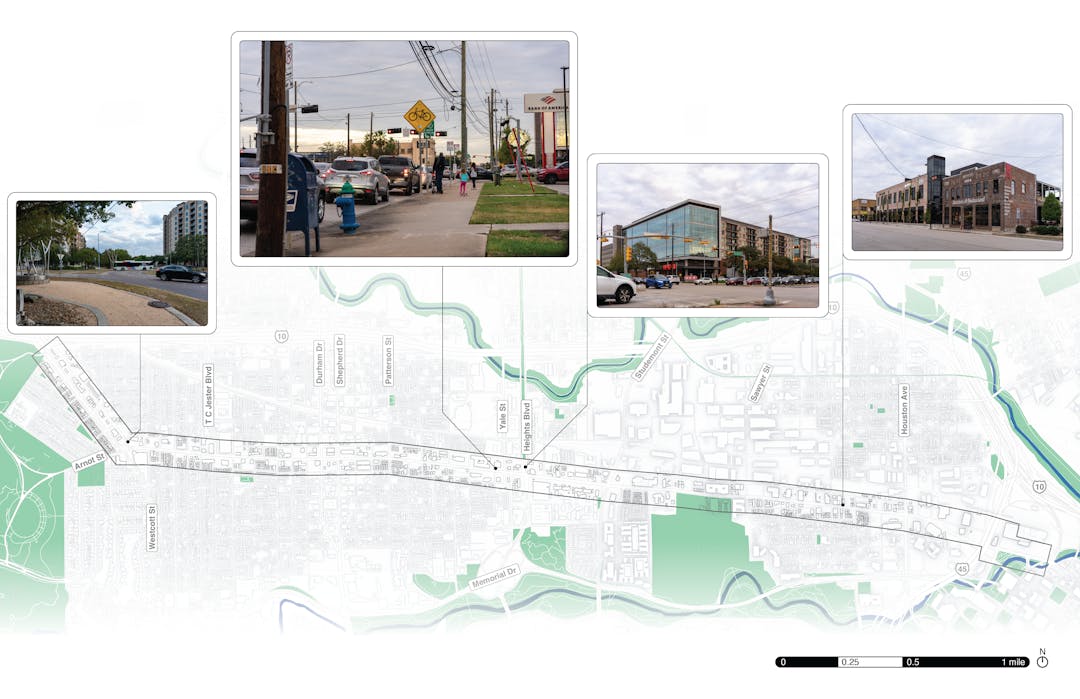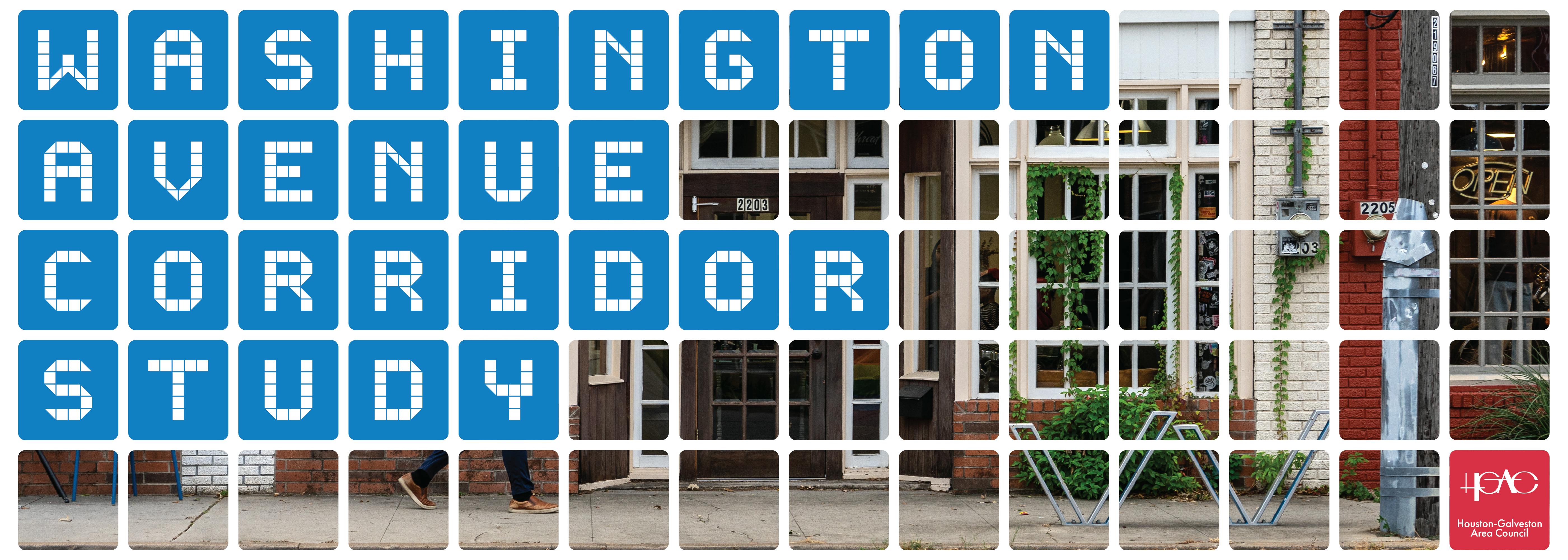Washington Avenue Corridor Study (WACS)

Let's create a better Washington Avenue for all! The Houston-Galveston Area Council (H-GAC) has established a partnership with The City of Houston to develop a corridor mobility plan for Washington Avenue. Project overview below. The third public meeting was held on June 23rd at St. Theresa Catholic Church's Fellowship Hall. Thank you to all who attended!
Based on public and steering committee feedback, the project team has developed two final recommendations for the corridor and presented at the third public meeting:
Community Preferred Vision and Baseline Constrained Alternative
All prior input was considered in the development recommendations, click here for more detail on the engagement results.
Both recommendations include:
Operations
Operational and intersection improvements, more information here
Maintain access for EMS and Fire to all properties
Additional signalized intersections and safe crossings
Parking management (ie. structured parking)
Signal timings appropriate for all ages and abilities
Access
Access management (ie. driveway consolidation)
ADA accessible sidewalks
Wayfinding and parking signs
Quality
Pavement quality
Drainage
Lighting improvements
Burying of utilities
We heard from you! Thank you for your participation in this project. Each round of outreach informed the subsequent technical work. Click the links below to hear about the different rounds of engagement:
- Outreach Round 1 - What works and what doesn't
- Outreach Round 2 - Design alternatives
- Outreach Round 3 - Recommendations
- Outreach Round 4 - Short term improvements
Project Overview
The Washington Avenue Corridor Study (WACS) guides short and long-range transportation reinvestments. It will encourage development of multimodal transportation options, increase safety, improve traffic flow, reduce congestion, and improve air quality. WACS will maintain the historic character of the corridor and foster a thriving, sustainable, and livable neighborhood.
A critical component of this study is safety analysis. The majority of the corridor is considered a component of the City of Houston’s “High Injury Network”. There are limited locations for safe pedestrian crossings along the corridor. The study will conclude with a prioritized list of recommended improvements and implementation strategy. Recommendations will offer equal emphasis on all modes of transportation and offer alternatives prior to final recommendations. Click here to learn more about the existing conditions on the corridor.


















